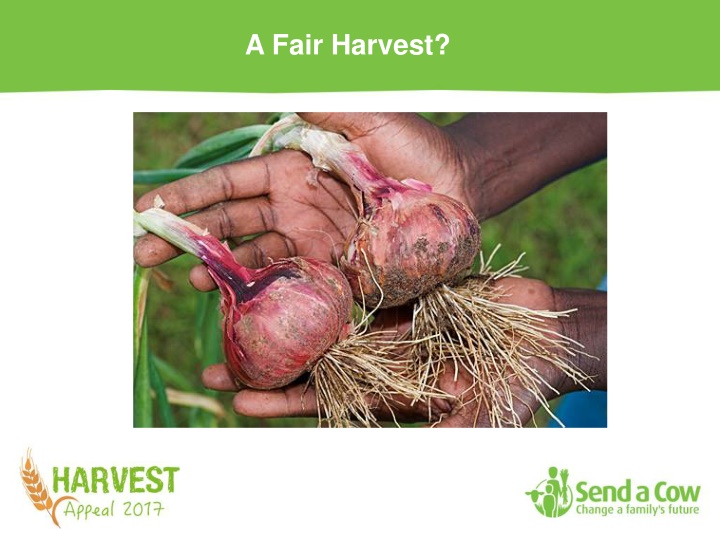
Exploring Food Inequality Worldwide
Explore the concept of food availability and distribution globally through thought-provoking scenarios, images, and discussions. Reflect on the disparities in food access despite there being enough food to feed everyone, highlighting the challenges faced by different regions and populations. Consider the impact of factors like harvest failures, economic constraints, and resource distribution on food security. Understand the complexities of food inequality and its implications on society.
Download Presentation

Please find below an Image/Link to download the presentation.
The content on the website is provided AS IS for your information and personal use only. It may not be sold, licensed, or shared on other websites without obtaining consent from the author. If you encounter any issues during the download, it is possible that the publisher has removed the file from their server.
You are allowed to download the files provided on this website for personal or commercial use, subject to the condition that they are used lawfully. All files are the property of their respective owners.
The content on the website is provided AS IS for your information and personal use only. It may not be sold, licensed, or shared on other websites without obtaining consent from the author.
E N D
Presentation Transcript
A Fair Harvest? There is enough food in the world to feed everyone Can everyone be fed?
Its True! The world produces enough food to feed everyone. World farming produces 17 percent more calories per person today than it did 30 years ago, despite a 70 percent population increase. This is enough to provide everyone in the world with at least 2,720 calories per person per day. How many calories do you need a day?
Discuss Why do you think some people have less food then others if there is enough for everyone?
Arrange yourselves like this and imagine that your class is Africa .
If there are 30 of you, each pupil represents about 34 million Africans.
Four tables of pupils have to work on their land and grow most of the food that they eat, rather than buy it.
Three tables have less than 60p a day to pay for medicine, clothes, food and anything else.
Two tables are underweight and are always short of food, eating about one meal a day.
A Fair Harvest? A Fair Harvest? Scenario 1: A family in the UK are short on bread. There has been a bad wheat harvest in the UK. Do you think the family will still be able to get bread for their diets? Scenario 2: A family in rural Africa are short on bread. There has been a bad harvest locally of wheat. Do you think the family will still be able to get bread for their diets?
Time for a Game Continent? Biscuits Number of Pupils 1 5 4 15 9 4 1 3 10 2 5 1 0 0
Time for a Game Continent Biscuits Number of Pupils 5 Africa 1 Asia 4 15 Europe 9 4 South America 1 3 USA 10 2 Australia 5 1 Antarctica 0 0
Is this Fair? Do you think everyone has a right to food and water, no matter who or where they are? Tasks 1) Complete the worksheet Food Fairness in groups 2) Discuss your results as a class 3) Compare your rights to the right to food on the next page
Right to Food! The right to food is a human right recognized under international law which protects the right of all human beings to feed themselves in dignity, either by producing their food or by purchasing it.
Right to Water! "The human right to water entitles everyone to sufficient, safe, acceptable, physically accessible and affordable water for personal and domestic use uses"
Is there a solution? Discuss: Can you think of any ways food can be more evenly distributed? What can you do to make sure there is more food to go around? Why are people still hungry in the UK if there is plenty of food?
Thank you! For more information about Harvest visit: www.sendacow.org/harvest
